How to Price Your Farm Products for Wholesale
When pricing your products for the wholesale market as a farmer, it's important to consider various...
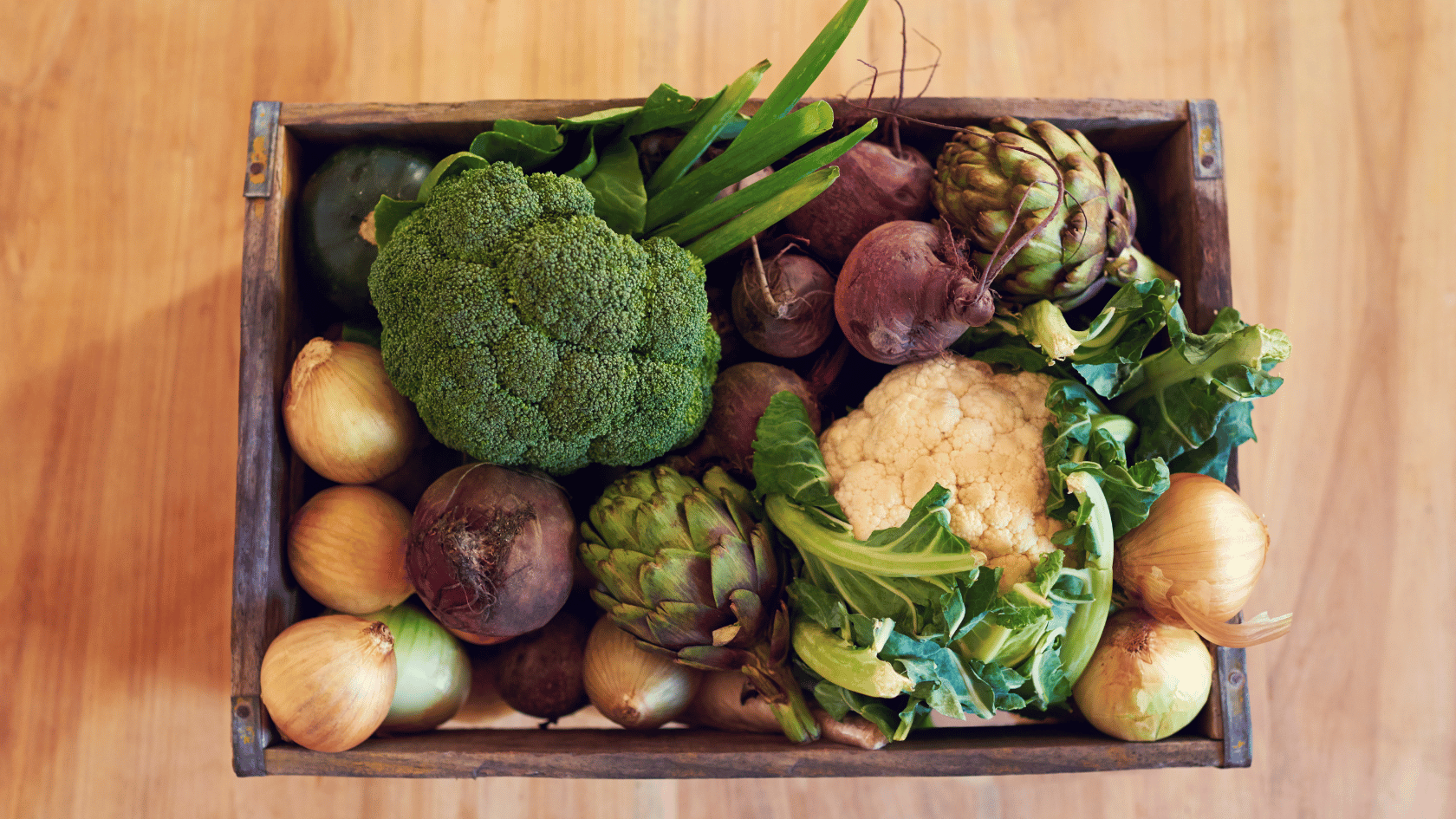
Thinking of starting an online food business? When you’re selling food online, your product descriptions and product photos are the most persuasive tools you have to get customers to buy. Whether it's organic vegetables, artisan bread, or grass-fed beef, your description should be clear and to the point, giving just enough detail to entice without overloading with information. It's not always easy to get people to buy your products, but well-crafted descriptions can make a big difference.
In this article, we share our top tips on writing good product descriptions for food and what to include.
Before writing your product descriptions, you should think about who you are writing to. Determining your target audience can impact the tone and wording used in your product description.
For example, if your target audience is households with kids, showcase add health benefits or easy lunch ideas! Always use terms that your target audience would use.
Generic descriptions don’t sell - so make sure you are writing to your buyer, not to all buyers.
For any good sales pitch, you have to add the benefits of your product. With many products, listing benefits is a simple task. While listing features may be straightforward for items like electronics, detailing the advantages of food products can be more nuanced.
Ideas for benefits you can add to your food description:
This is an essential aspect of food labeling. According to the FDA, food manufacturers are required to list all of the ingredients in the order of predominance.
Since this is a requirement, consider writing a short and sweet product description first (using tips from this list), and include the ingredients at the end in a bulleted list.
Adding recipe suggestions to your product descriptions can significantly improve the appeal, especially when you sell meat online. This approach is similar to how online clothing stores showcase outfits, suggesting additional items to complement a piece.
For food, especially meat, pair your products with recipes that highlight their quality and flavor. For example, if you're selling beef, include a recipe for a savory beef stew, suggesting other ingredients they can buy from you to make the dish. Or, if the product is mushrooms, link a recipe to a sauteed mushroom dish and list any other ingredients they could buy from you.
This strategy not only demonstrates the versatility of the items you sell but also encourages customers to explore and purchase more from your online store. Providing seasonal or trendy recipes is particularly useful if you specialize in meat products, as it helps customers understand how to prepare and enjoy what they buy from you.
If you only sell one type of product, still add recipes or different uses for the product. Often buyers just won’t know how to cook with your product.
One thing we preach at Local Line is that food is personal! A selling relationship between a farmer/food producer and their customers is personal and ongoing. The whole local food movement is based on increasing food transparency. As a farmer, it is important to use this to your advantage by having a strong story to back up your products.
A great place to tell short stories is in your product descriptions. Do you have a certain product that started it all? Perhaps a new product that took years to develop and perfect? Maybe even just a product that you love the most and are very proud of? By telling these stories, you are letting your customer base know why you do what you do and this can help influence their purchases.
Here are some samples of food product descriptions to help illustrate how you can apply these tips in practice:
"Crafted with passion in our family-run bakery, this sourdough bread features a perfect crust and a soft, chewy center. Made from locally sourced, organic wheat, each loaf is fermented for over 24 hours to achieve its signature tangy flavor. Ideal for a hearty sandwich or as a side to your favorite soup."
"Our grass-fed beef steak comes from cattle raised on lush, open pastures, ensuring a lean, flavorful, and nutrient-rich cut. With no added hormones or antibiotics, you’re getting the purest taste of our commitment to sustainable farming. Perfect for grilling, this steak promises a tender and juicy experience with every bite."
"Experience the burst of fresh flavors with our organic heirloom tomatoes, grown without pesticides on our family farm. Each variety is hand-picked at peak ripeness to ensure maximum taste and nutritional value. Add a splash of color and nutrition to your salads, sandwiches, or enjoy them as a healthy snack."
"Our dairy-free almond milk is made from high-quality, sustainably sourced almonds, providing a creamy, nutty alternative to traditional milk. With no added sugars and a rich source of vitamin E, it's a perfect choice for those looking for a lactose-free, nutritious drink for their morning cereal or coffee."
"Made from scratch using only the freshest apples from our orchard, our homemade apple pie brings a taste of home to your table. With a flaky, buttery crust and a perfectly spiced filling, each slice offers the comforting flavors of cinnamon and nutmeg. Warm it up and serve with a scoop of vanilla ice cream for the ultimate dessert experience."
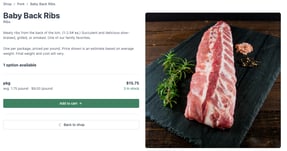
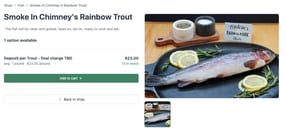
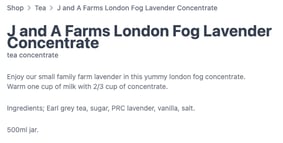
From Pretty Road Co. Lavender and Farm Store
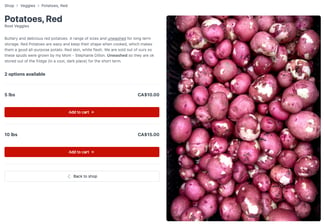
From Brown Sugar Produce
Crafting compelling food product descriptions is an art that blends precise information with storytelling. By focusing on your buyer, highlighting product benefits, detailing ingredients, suggesting uses, and sharing your story, you can connect with your customers and boost sales.
Local Line is here to support your journey, offering an all-in-one farm e-commerce and farm website builder. With our platform, you can bring these tips to life, showcasing your products in the best light and making it easy for customers to choose your farm.
Ready to take your online food sales to the next level? Join Local Line today and transform how you sell your produce, meat, and artisanal foods online.
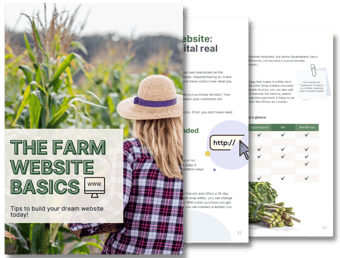
Nina Galle is the co-author of Ready Farmer One. She continues to arm farmers with the tools, knowledge, and community they need to sell online at Local Line.
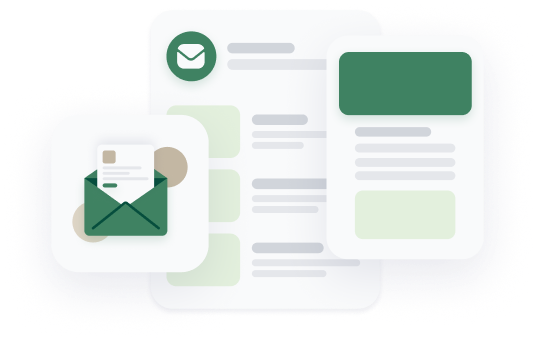
Stay in the loop by subscribing to our newsletter and receive weekly insights that you won't want to miss.
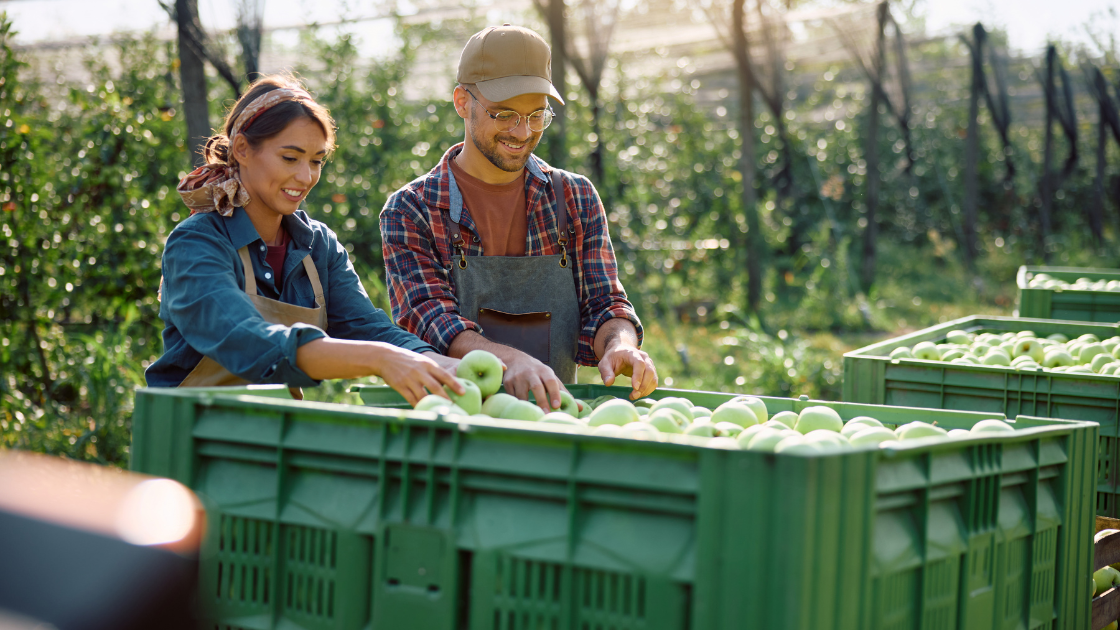
When pricing your products for the wholesale market as a farmer, it's important to consider various...
 Nina Galle
Nina Galle

Cost of Goods Sold (COGS) is the total of all the costs that go into producing a product. For...
 Nina Galle
Nina Galle
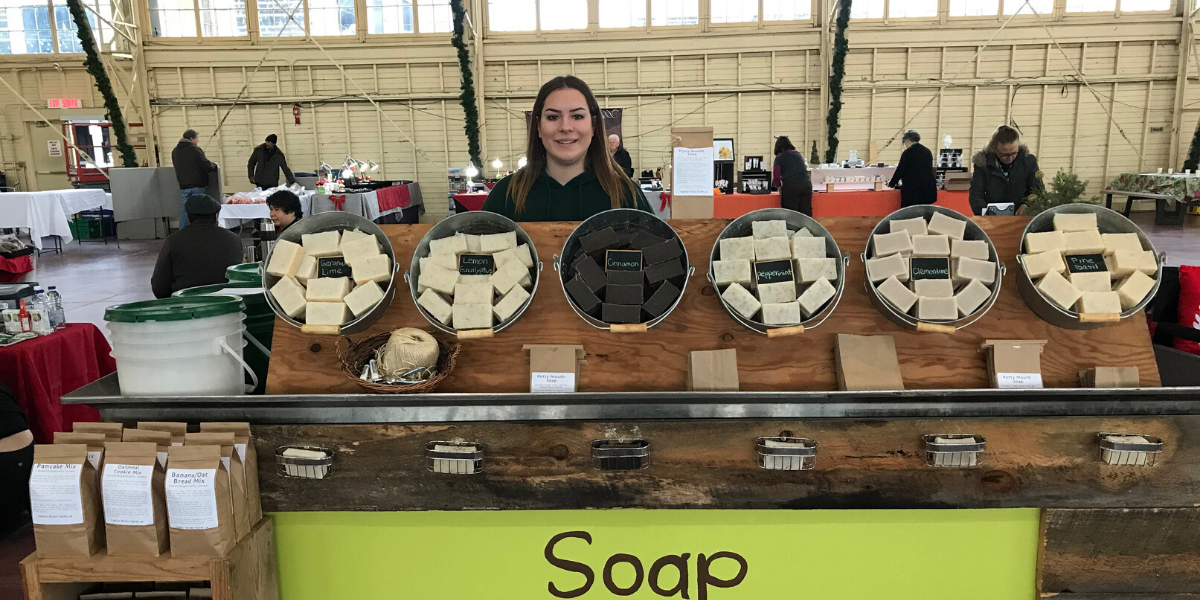
Operating for 30 years and selling direct to customers for the last 12 years, Castor River Farm...
 Nina Galle
Nina Galle